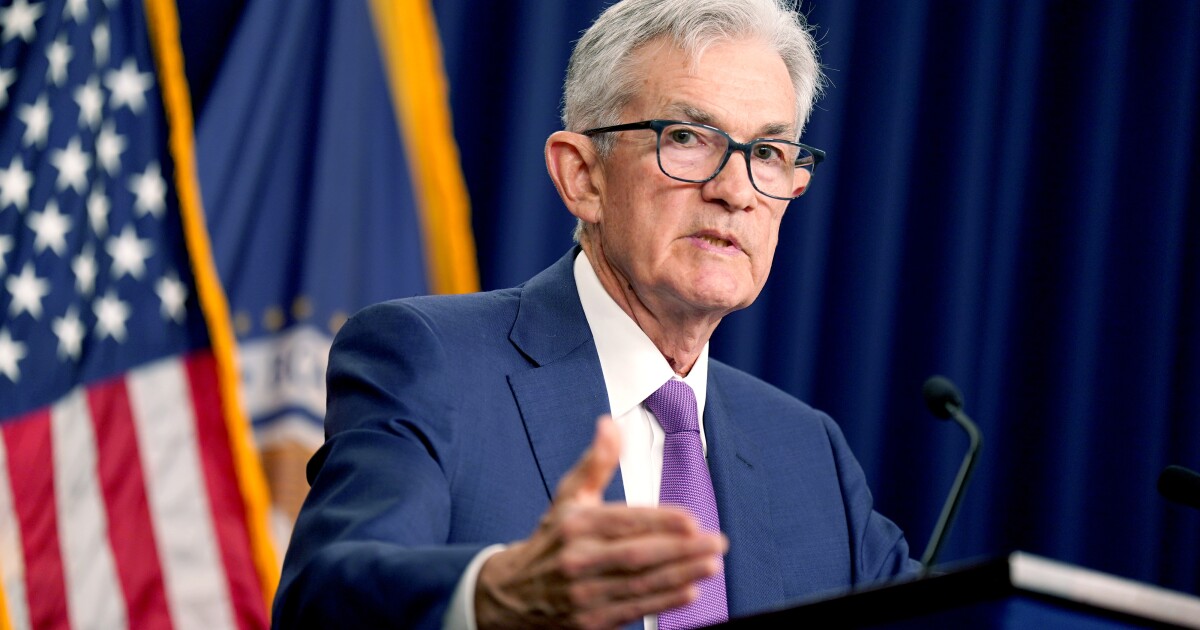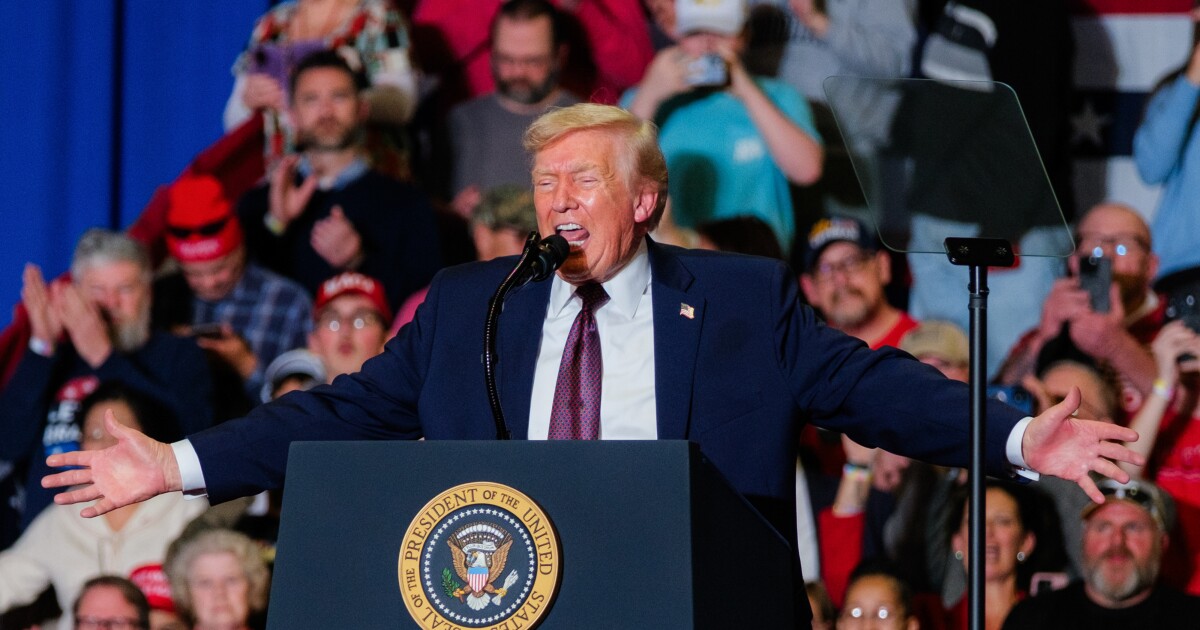
The Federal Open Market Committee left interest rates unchanged following its latest meeting,
After 11 straight meetings in 2022 and 2023 where central bank governors raised the federal funds rate between 25 and 75 basis points, the FOMC has held benchmark levels at 5.25% to 5.50% since last July.
While the FOMC's statement largely repeated verbatim much of what was published previously, the central bank added the line, "In recent months, there has been a lack of further progress toward the committee's 2% inflation objective."
The Fed has
"After the inflation numbers we had, it's going to be hard for them to ease today, in June or July," said Arthur Bass, managing director at Wedbush. "They're going to need to see some better inflation numbers."
Concurring was Marie Applegate, vice president of capital markets at Mortgage Center, who sees inflation far from approaching the 2% mark this year based on current market fundamentals.
"Just barring any unforeseen geopolitical events, which are a real possibility, or something that would send us into a recession, I just wouldn't foresee the rates going down now," she said.
The latest developments dash hopes that investors held late last year for
"You would listen to the Fed talk, and they would say we're not budging until inflation goes down." Applegate said. "OK, well, when is inflation going to go down?"
While some market indicators, including the Chicago Mercantile Exchange's Fedwatch tool, are still pointing to the potential for one rate cut late in the year, they also lowered earlier expectations.
Fed governor comments in recent weeks also suggest
Even with inflation still running hotter than many predicted, Powell expressed confidence that current policy would be "sufficiently restrictive" to eventually hit 2%, pointing to the labor market trends.
"Demand is still strong, the demand side of the labor market in particular, but it's cooled from its extremely high level of a couple years ago, and you see that in job openings," Powell said.
His remarks mean little chance for a change to the 2% target, adding weight behind his previous statements. "There's been a lot of talk in articles and comments and questions: Will they move their 2%? Powell pooh-poohed the vibes. I think that's a nonevent," Bass said.
While also seeing it as unlikely, Applegate said the potential for a revised target might not be out of the question eventually, given how some price changes appear to have taken hold.
"I wouldn't be surprised if we felt better at 2.5%, and they changed that, because I just don't know how you're going to undo some of the increases that are baked into the system, whether it's gas, housing, health care," she said.
The wait-and-see approach already has many housing economists, including researchers at Fannie Mae, expecting mortgage rates to remain higher for longer. In its most recent economic forecast, the government-sponsored enterprise said it anticipates rates to average 6.6% this year but falling back to 6.1% in 2025.
The Mortgage Bankers Association made similar moves. "With our April forecast, we lowered our figures for originations and marked up our expectations for mortgage rates, and today's FOMC decision confirms those revised expectations," said MBA Chief Economist Mike Fratantoni in a press release.
As expected, the FOMC said it planned to maintain the runoff rate on mortgage‑backed securities in its portfolio at $35 billion, reinvesting excess principal payments into Treasurys.
Also as planned, rolloff of Treasury-backed securities will decrease to $25 billion per month from $60 billion beginning in June. "Over time, this adjustment should have some positive impact on interest rates without the Fed needing to adjust the Fed funds rate," Marty Green, partner at law firm Polunsky Beitel Green, said in a statement.



